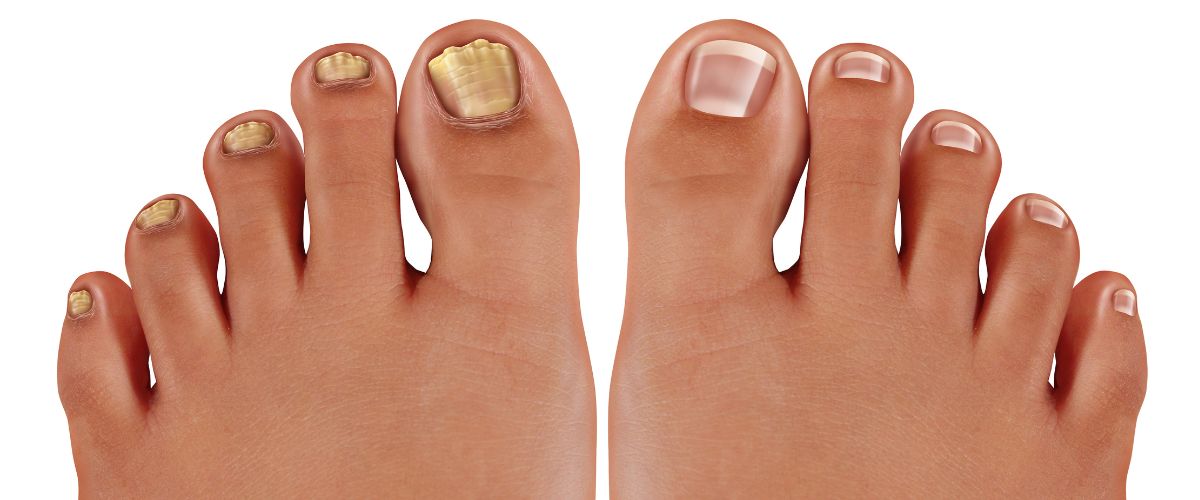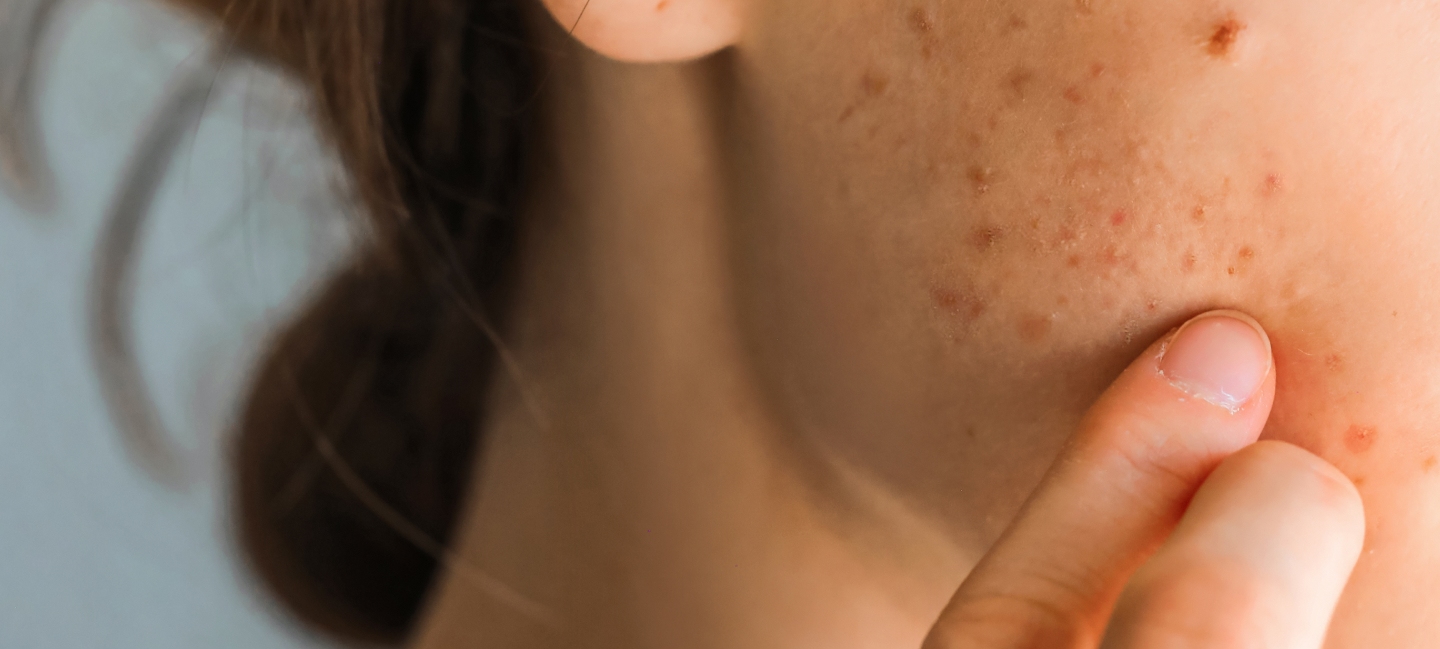Cicatricial and non-cicatricial forms of alopecia (hair loss)
Today, there is a plethora of effective treatments for hair loss. The options are numerous, ranging from topical therapies, oral medications, vitamin therapy, diet, and sometimes even sessions with injections in the area (e.g., cortisone, plasma - PRP).
Diagnosis of Alopecia
However, the most important thing is to make a proper assessment of the problem through clinical examination and possibly blood tests, as the first distinction to be made is whether it is a cicatricial or non-cicatricial alopecia (hair loss).
Causes of Alopecia
Every form of alopecia is multifactorial. Apart from different and specific entities causing alopecia, in each separate entity, many factors come into play that determine its prognosis and course. For example, both in circular alopecia and in lichen planus, we have inflammation at the hair root. In the former case, inflammatory cells of our body 'block' hair growth, while in the latter case, they completely destroy the root, forming scar tissue. The first case is often associated with thyroid disorders, while in the second case, there are disturbances at the level of cell mitochondria, and there are new therapies targeting this specifically. All cases are affected by the nutrition and vascularization of the skull, but there are also forms of hair loss determined by diet or the intake of certain drugs or even shock from another illness, such as Telogen Effluvium/Alopecia. In the most common form of hair loss, male pattern baldness, we have even more factors. In this case, heredity plays a role to some extent, while there is also a slight inflammation at the root. Additionally, the action of certain androgens is crucial, gradually causing degeneration and shrinkage of the hair. From having strong and robust hair, we end up with fuzz! Of course, in this case, nutrition and vascularization of the skin of the skull also play a role.
Cicatricial Alopecia - Diagnosis
In cicatricial alopecia (e.g., lichen planus), the hair follicles are destroyed, and it is crucial to make the diagnosis correctly from the beginning and to undergo appropriate treatment before the hairs are irreparably destroyed and scarred. In some rare cases, skin biopsy may be performed.
Non-Cicatricial Alopecia - Diagnosis
Non-cicatricial alopecia includes circular alopecia, which usually has a good prognosis with appropriate treatment, and of course, male pattern baldness (classical baldness), which is a degenerative multifactorial disease.
Male Pattern Baldness
In male pattern baldness, the goal of conservative treatment is essentially to delay thinning. With the correct and consistent treatment from the patient's side, the results can be dramatic as long as the treatment is not delayed. Unfortunately, there is no quick treatment that will be done once and will last forever. Surgical treatment with hair transplantation can have truly exceptional results, but maintenance of at least the surrounding - non-transplanted hairs will be necessary, otherwise a possible second transplantation may be needed in the future.
Treatment Methods
There are now many treatment methods for hair loss, the choice of which is determined by the diagnosis of the specific cause causing it. In summary, initial treatments address any inflammation present in the hair follicle, in order to reverse the damage, degeneration, or simply the 'blocking' that occurs. These treatments mostly involve taking medications orally. Another category of treatments involves addressing hormonal imbalances or simply hormones that act negatively on hair follicles. Then we have topical therapies, such as the use of minoxidil, always in combination with specific dietary supplements targeted at strengthening the hair. Additionally, we select a shampoo that suits the particular case and helps with the results.
Finally, we have therapeutic protocols that we apply in the office, either with deep weekly administration of minoxidil or with the use of autologous platelet-rich plasma. In the latter case, we take a small amount of blood from the patient and after special processing done in our facility by a specialized biologist, we end up with a concentration of platelets. Platelets produce growth factors that promote collagen formation and strengthen hair follicles, reversing hair loss, thickening the hairs, and to some extent leading to their regrowth.




















